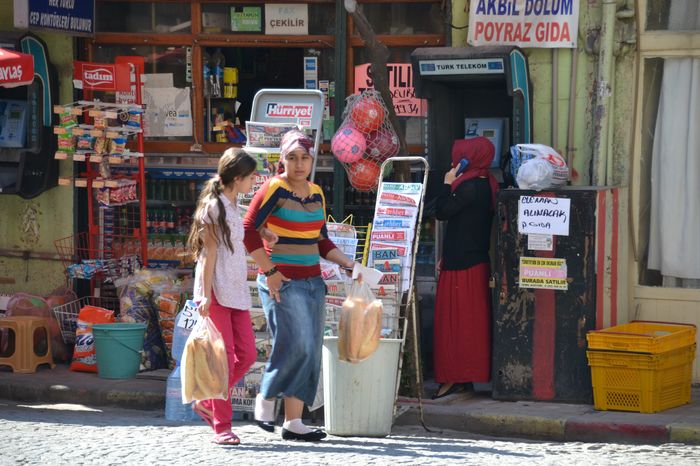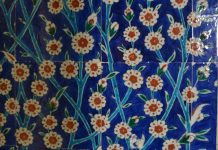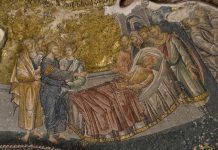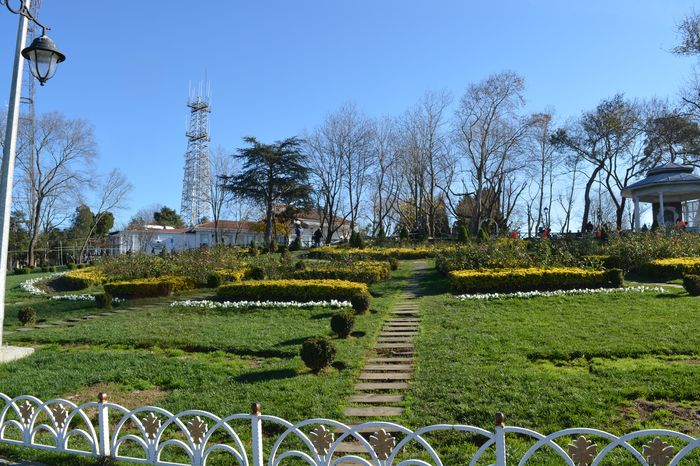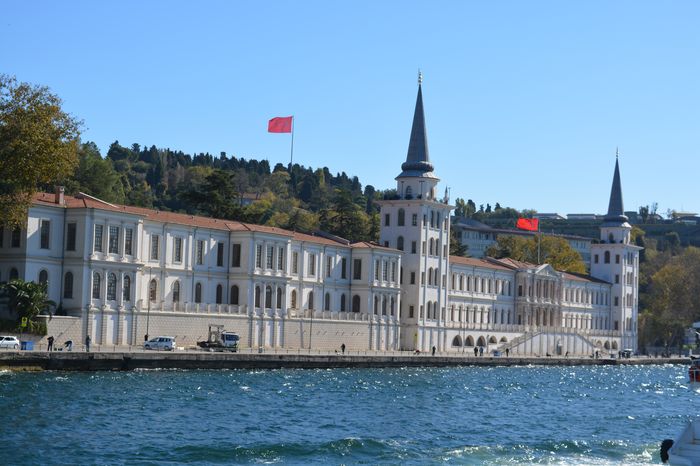So where were the Goths? They are the invisible men of Theoderic’s Italy. We have seen that their numbers fell far short of a horde, and that they settled mainly in the north and down to Rome. They and all their predecessors and all their successors among the barbarians who supposedly invaded poor, defenseless Italy ended by disappearing, and the language spoken in Milan, Rome, and Palermo to this day is a direct and astonishingly uncontaminated descendant of Latin. Where did the supposedly mighty Goths and Lombards go?
We must give some credit to the powerful urge to go native—to romanize—that newcomers in Italy felt for many centuries. The priest-poet Ennodius made fun of a contemporary, Jovinian, who couldn’t decide what part he wanted to play, for he wore a Goth’s beard and a Roman’s winter cloak. Was he Goth or Roman? Or was Jovinian the sort that Cassiodorus had in mind when he observed drily that it was poor Romans who imitated the Goths, just as rich Goths imitated the Romans? Imitation is the first step toward assimilation.
Numbers and time
Or were the Goths even ever there? Numbers and time tell the story. The invasions of Italy of which we know consist of four distinct events, two still to come in our story. The arrival of Alaric and his troops in the early 400s brought outsiders, and most of that group moved on in the 410s. Through the fifth century, other frights and fights, notably with the Huns, came and went, each leaving behind a few new settlers—and time passed. Theoderic appeared in the late 480s with the largest force ever until then to think of settling in Italy, and those soldiers and families spent the next fifty years, two generations, nestling into their homes. Italy was then to be attacked from Constantinople and the ruling government eventually, after a long and bloody battle we will have to steel ourselves to watch, overthrown customized tours balkan.
Theoderic’s regime had little effect on the ethnic makeup of the population, or its tendency to coalesce into one people. The last two invasions were equally barbaric. Justinian sent troops in the 530s and 540s in an act that was notionally Roman, but the troops themselves came from the same wellspring of Roman military force in the Balkans as Theoderic and his men. When, in the 560s, the Lombards arrived, they came as creatures of empire themselves, with no less obvious roots in all the obvious places, but we will see them settle mainly away from the cities, in numbers that cannot have been large. Of those four invasions, Justinian’s left the greatest demonstrable number of “barbarians” resident in Italy Boethius content for now.
Vandals Visigoths Ostrogoths
Of the northern people who came to the Mediterranean, whether we call them Vandals, Visigoths, Ostrogoths, Franks, Lombards, or eventually Slavs, all had more in common with one another and with the Romans than traditional narratives ever suggest. If there were any primeval forest dwellers in those communities, they were the ones their smarter, more ac-quisitive, and more ambitious cousins left behind. Immigrants are always like this, especially those who push across borders that resist them. By the time people like Theoderic’s followers find themselves in Italy, they were there not as barbarians but as Roman soldiers, bearers of the distinctive frontier culture of the north, to be sure, with styles of dress, religion, and speech that differentiated them from the settled southerners, but that made them nonetheless part of the same imperial community. They had their own officers, their own bureaucrats, and their own jargon.
If some of them did not speak Latin (though there is little or no evidence for Latinless Goths in this period), and if there was a Gothic language that they did speak, it was a heavy creole, with German roots but abundant romanization, and with ritual literary presence. The most splendid document of that Gothic tongue is the Codex Argenteus, the silver codex preserved today in the library of Uppsala University. Only a fragment of what it was, the manuscript contains passages of the four gospels written on purple-stained vellum in letters—quite beautifully and regularly inscribed—of silver and gold.
It was written in Ravenna as a treasure that handsomely displayed the splendor of Gothic civilization, but absolutely nothing about its physical form owed anything to any source other than the Mediterranean. The manuscript may have come from the workshop of a man with a Gothic name, Wiliarit, known to have produced handsome Latin manuscripts in Ravenna as late as the dreary war year of 551. One of his products was a copy of Orosius’s History against the Pagans—a seemingly authorized Christian version of all of Roman history as seen by a disciple of Augustine in the early fifth century. Gothic culture in this period was not a counterculture but a badge of pride and belonging, deriving all its meaning from its Roman setting.
